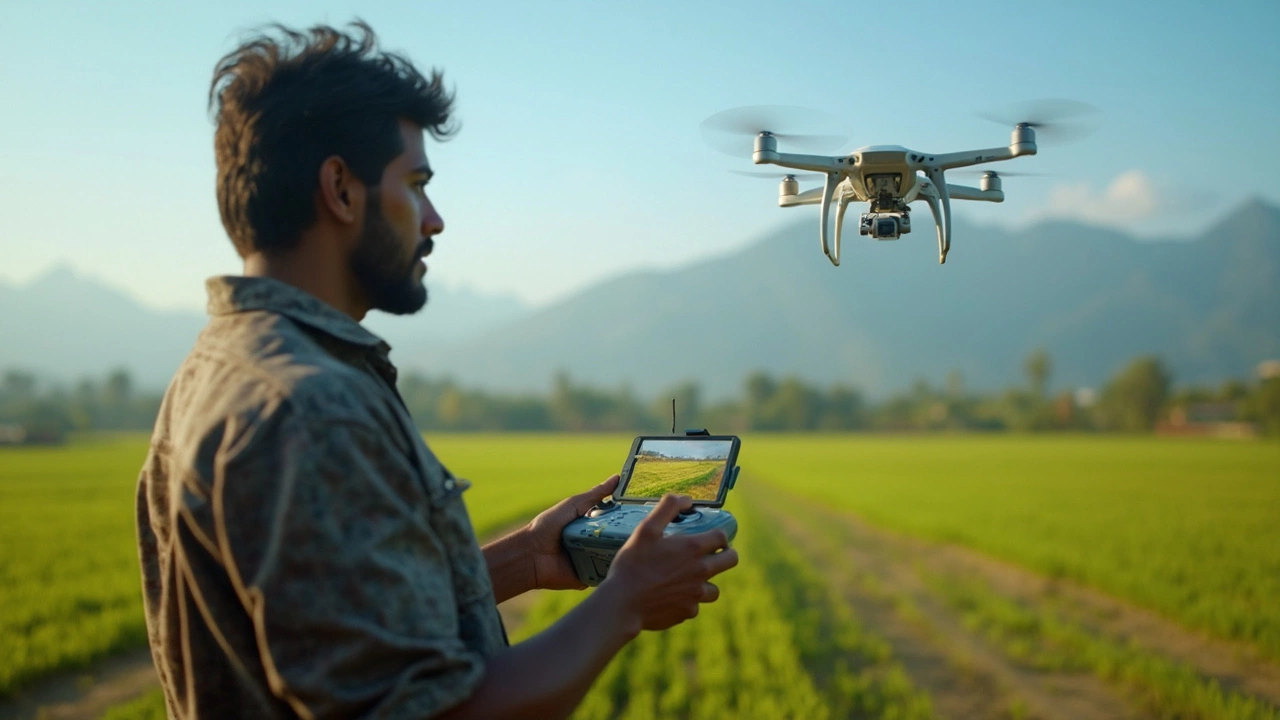Drone Laws in India – Your Quick Guide for 2025
If you’ve just bought a drone or you’re thinking about using one for a project, the first thing you’ll want to know is whether you’re allowed to fly it. Indian rules are clear but can feel like a maze if you don’t have a cheat‑sheet. This page breaks down the essentials in plain language so you can focus on the fun part – shooting aerial shots.
Getting a Drone Licence
Not every drone needs a licence, but most of the ones you’ll see in the market do. If your drone weighs more than 250 g, you have to register it with the DGCA (Directorate General of Civil Aviation). The registration process is done online on the Digital Sky portal. You’ll need a valid email ID, a PAN card, and some basic details about the drone – model, weight, and serial number.
Once the drone is registered, you apply for a Unmanned Aircraft Operator Permit (UAOP). The UAOP costs a few thousand rupees and is good for three years. For hobbyists, there’s a simpler UAV Operator Permit (UOP) that covers drones up to 500 g, and it’s cheaper. The key steps are:
- Create an account on the DigiSky portal.
- Upload your ID proof, address proof, and the drone’s registration certificate.
- Pay the fee using net banking or UPI.
- Wait 7–10 days for approval – you’ll get a digital licence PDF.
If you’re a commercial user – weddings, real estate, inspections – you’ll also need to submit a safety case and a flight plan. The DGCA checks that your flight won’t interfere with manned aircraft or sensitive areas.
Flying Drones Legally – Common Rules & Penalties
With the licence in hand, you still have to obey a few ground rules. First, stay below 400 ft (about 120 m). Flying higher than that needs special clearance and is rare for most users. Second, keep a line‑of‑sight with your drone at all times – no “fly‑away” missions unless you have an approved BVLOS (Beyond Visual Line Of Sight) waiver.
No‑fly zones are a big deal. You cannot launch a drone within 5 km of any airport, helipad, or military base, and you must avoid restricted areas like the Taj Mahal, Parliament, and certain state borders. The DigiSky app shows a live map of prohibited zones, so check before you lift off.
Night flying is allowed only with proper lighting and a special permit. If you’re just testing a hobby drone, stick to daylight. Also, never fly over crowds, schools, hospitals, or religious gatherings. If you break any of these rules, penalties range from a fine of ₹25,000 to a full confiscation of the drone and a possible jail term for serious violations.
Planning a drone light show? That’s a separate set of permits. You need a Drone Light Show Licence, a detailed choreography plan, and clearance from local police and the DGCA. The show must be over a private venue or a stadium, and you cannot use it in public parks without explicit permission.
Traveling with a DJI or any other brand? Pack the drone in carry‑on, declare it at customs, and have your registration certificate handy. If you’re flying inside India after a long trip, you still need to register the drone with a local address – the DGCA doesn’t care where the drone was bought, only where it’s being used.
Bottom line: get your registration and licence, respect altitude and no‑fly zones, and keep a line‑of‑sight. Follow these steps and you’ll enjoy smooth, legal flights without the stress of fines or seizures.
Got more specific questions? Our blog has deep dives on the licence process, light‑show permits, and travel tips for DJI drones. Use those guides to fine‑tune your setup and stay on the right side of Indian drone law.
